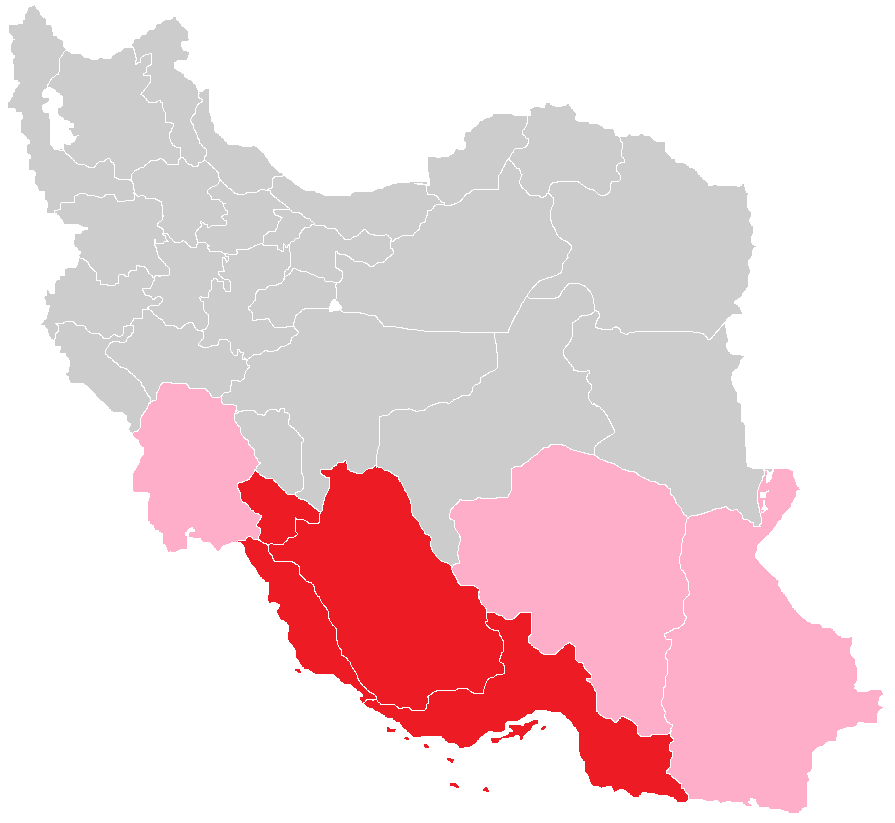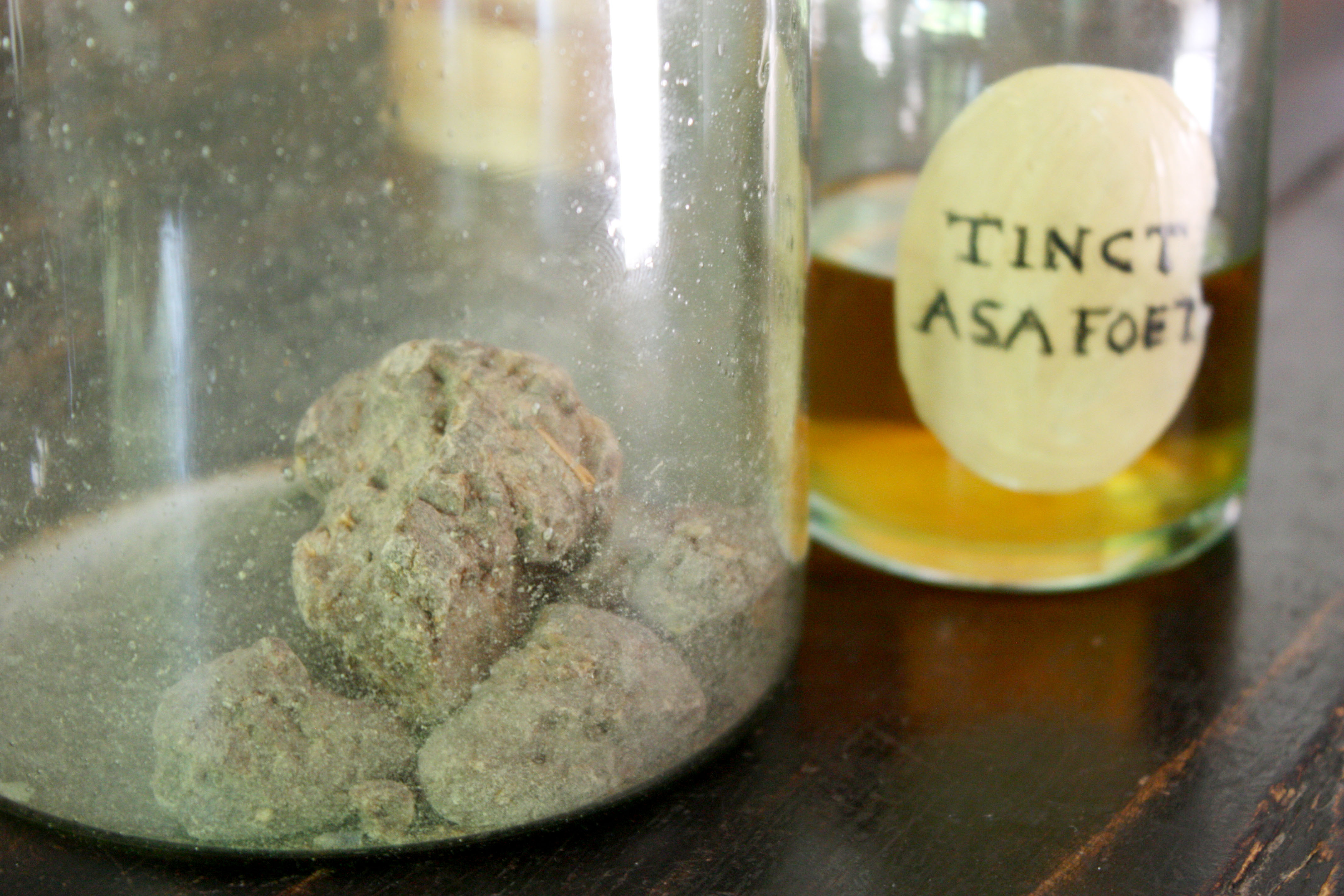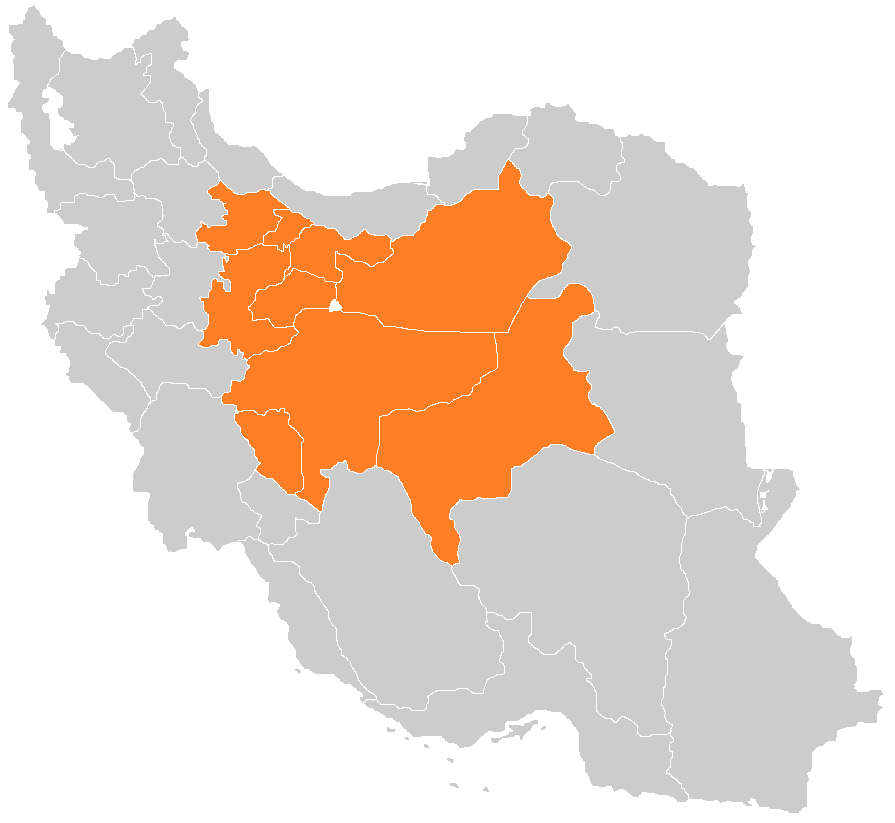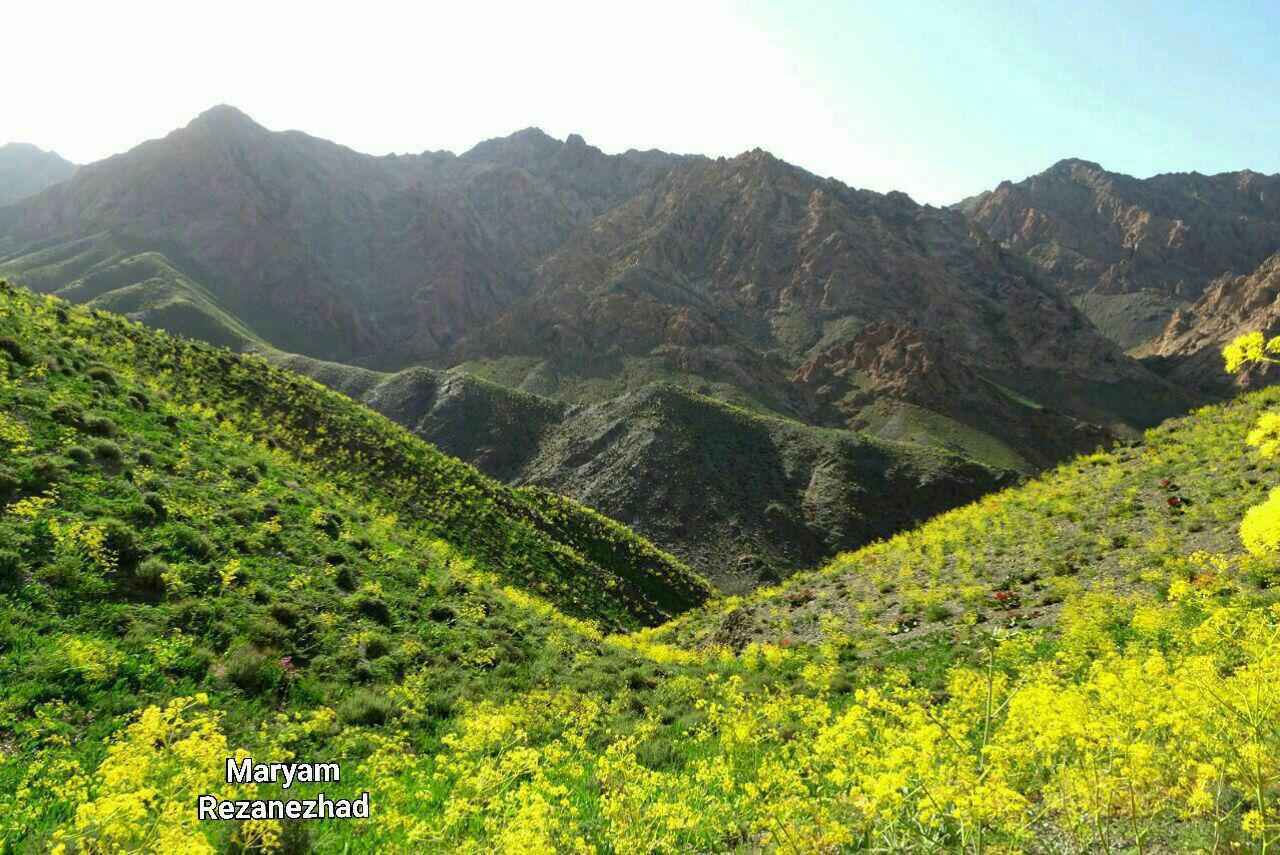|
Ferula Assa-foetida
''Ferula assa-foetida'' is a species of '' Ferula'' endemic to Southern Iran. It is the source of asafoetida, but its production is confined to Southern Iran, especially the area near Lar. Outside its native range, other asafoetida-producing species are often misidentified as ''F. assa-foetida''. For example, '' F. foetida'' is mistaken for ''F. assa-foetida'' in '' Flora of the U.S.S.R.'' and ''Flora of Pakistan''. In a molecular phylogenetic study, all the plant samples of ''F. assa-foetida'' collected in Central Iran were clustered with other species such as '' F. alliacea'' and '' F. gabrielii'' instead of with the verified sample of ''F. assa-foetida'' collected in Southern Iran. Chemical analyses of asafoetida samples obtained from local markets also showed that asafoetida-producing species in Eastern Iran were '' F. lutensis'', ''F. foetida'', ''F. alliacea'', etc., instead of ''F. assa-foetida''. '' F. pseudalliacea'' and '' F. rubricaulis'' are endemic to western and s ... [...More Info...] [...Related Items...] OR: [Wikipedia] [Google] [Baidu] |
Ferula
''Ferula'' (from Latin ''ferula'', 'rod') is a genus of about 220 species of flowering plants in the family Apiaceae, native to the Mediterranean region east to central Asia, mostly growing in arid climates. They are herbaceous perennial plants growing to 1–4 m tall, with stout, hollow, somewhat succulent stems. The leaves are tripinnate or even more finely divided, with a stout basal sheath clasping the stem. The flowers are usually yellow, rarely white, produced in large umbels. Many plants of this genus, especially '' F. communis'', are referred to as "giant fennel," although they are not fennel in the strict sense. Selected species The Roman spice laser or laserpicium probably came from a species of ''Ferula'', either an extinct one or ''Ferula tingitana'', though other identities have been suggested. Uses The gummy resin of many species of ''Ferula'' is used for various purposes: :''Ferula foetida'', '' Ferula assa-foetida'' and some other species are u ... [...More Info...] [...Related Items...] OR: [Wikipedia] [Google] [Baidu] |
Southern Iran
Southern Iran consists of the southern mountain ranges of Zagros and Central Iranian Range, Khuzestan Plain and the northern coasts of Persian Gulf and Straight of Hormuz. It includes the provinces of Fars, Kohgiluyeh and Buyer Ahmad, Hormozgan and Bushehr. Sometimes Khuzestan and Kerman are also included in this region. The major cities are Shiraz, Bandarabbas, Bushehr, Marvdasht, Jahrom, Yasuj, Fasa and Borazjan. Southern Iran is ethnically diverse, including Persians, Lurs, Bakhtiaris, Qashqais, Achomians, Basseries, Baloch, Arabs, Armenians, Afro-Iranians and Jews. Southern Iran is the homeland of the Persian people. Most people in southern Iran are ethnically Persian (including Persian subgroups like Lurs and Bakhtiaris). Most people in Southern Iran are part of the Iranian ethno-linguistic group and speak an Iranian language. Climate *Hot desert climate in the plains and the coast of the Persian Gulf. *Cold semi-arid climate A semi-arid climate, semi-de ... [...More Info...] [...Related Items...] OR: [Wikipedia] [Google] [Baidu] |
Asafoetida
Asafoetida (; also spelled asafetida) is the dried latex ( gum oleoresin) exuded from the rhizome or tap root of several species of ''Ferula'', perennial herbs growing tall. They are part of the celery family, Umbelliferae. Asafoetida is thought to be in the same genus as silphium, a North African plant now believed to be extinct, and was used as a cheaper substitute for that historically important herb from classical antiquity. The species are native to the deserts of Iran and mountains of Afghanistan where substantial amounts are grown. Asafoetida has a pungent smell, as reflected in its name, lending it the trivial name of "stinking gum". The odor dissipates upon cooking; in cooked dishes, it delivers a smooth flavour reminiscent of leeks or other onion relatives. Asafoetida is also known colloquially as "devil's dung" in English (and similar expressions in many other languages). Etymology and other names The English name is derived from ''asa'', a latinised form of ... [...More Info...] [...Related Items...] OR: [Wikipedia] [Google] [Baidu] |
Lar, Iran
Lar ( fa, لار, also Romanized as Lār; also known as Larestan) is a city and capital of Larestan County, Fars Province, Iran. At the 2006 census, its population was 51,961, in 12,891 families. Lar's inhabitants are Larestani people. History The city was originally called Lar after the person who had first established the city. ''Lar'' (لاڑ) is the name of one of Shahnameh's famous heroes. Around 16th and 17th centuries, Lar was considered to be a major stop along the road to the Persian Gulf. Larestani people migrated to Arab states in the Persian Gulf in significant figures around the 1600s, such as Qatar, the UAE, Bahrain, and Kuwait. Some have surname as "Lari" or "Al Lari" along with many other family and tribal names. Climate Lar has a hot desert climate (BWh). Civilization Lar city is divided into two areas: new-city (called Shahre-jadid) and old-city (called Shahre-ghadim). New-city, which was constructed after the historical earthquake of 1960, now accommoda ... [...More Info...] [...Related Items...] OR: [Wikipedia] [Google] [Baidu] |
Ferula Foetida
''Ferula foetida'' is a species of ''Ferula'' native to Central Asia (Kyzylkum Desert, Karakum Desert, Turkmenistan), Eastern Iran, western Afghanistan and western Pakistan. It is the most widely distributed species that produces asafoetida. It is often mistaken for the Southern Iranian species '' F. assa-foetida'', for example, in '' Flora of the U.S.S.R.'' and ''Flora of Pakistan Pakistan's native flora reflects its varied climatic zones, which range from arid and semi-arid to temperate and tropical. For further details of habitats, see Ecoregions of Pakistan, Forestry in Pakistan and Wildlife of Pakistan. Distribut ...''. Ferula assa-foetida - Kyzylkum (5).jpg, Plants Ferula assa-foetida (Uzbekistan) 2.jpg, Basal leaves Ferula assa-foetida - Kyzylkum (4).jpg, Stem Ferula assa-foetida - Kyzylkum (3).jpg, Compound inflorescence Ferula assa-foetida (Uzbekistan) 3.jpg, Umbels References foetida Flora of Iran Flora of Afghanistan Flora of Pakistan Flora of T ... [...More Info...] [...Related Items...] OR: [Wikipedia] [Google] [Baidu] |
Flora Of The U
Flora is all the plant life present in a particular region or time, generally the naturally occurring (indigenous) native plants. Sometimes bacteria and fungi are also referred to as flora, as in the terms '' gut flora'' or '' skin flora''. Etymology The word "flora" comes from the Latin name of Flora, the goddess of plants, flowers, and fertility in Roman mythology. The technical term "flora" is then derived from a metonymy of this goddess at the end of the sixteenth century. It was first used in poetry to denote the natural vegetation of an area, but soon also assumed the meaning of a work cataloguing such vegetation. Moreover, "Flora" was used to refer to the flowers of an artificial garden in the seventeenth century. The distinction between vegetation (the general appearance of a community) and flora (the taxonomic composition of a community) was first made by Jules Thurmann (1849). Prior to this, the two terms were used indiscriminately.Thurmann, J. (1849). ''Essai de ... [...More Info...] [...Related Items...] OR: [Wikipedia] [Google] [Baidu] |
Flora Of Pakistan
Pakistan's native flora reflects its varied climatic zones, which range from arid and semi-arid to temperate and tropical. For further details of habitats, see Ecoregions of Pakistan, Forestry in Pakistan and Wildlife of Pakistan. Distribution Northern highlands and valleys Pakistan has conifer forests in most of the northern and north-western highlands. These occur from 1,000 to 4,000 m altitudes. Swat, Upper Dir, Lower Dir, Malakand, Mansehra and Abbottabad districts of Khyber Pakhtunkhwa (formerly North-West Frontier Province) are the main areas covered with coniferous forests. Pindrow fir ('' Abies pindrow'') and Morinda spruce ('' Picea smithiana'') occupy the highest altitudes, deodar ('' Cedrus deodara'') and blue pine ('' Pinus wallichiana''), the intermediate heights, and chir pine ('' Pinus roxburghii''), occupy the lower areas. Eastern plains and deserts In most of Punjab and Sindh, the Indus plains have many fluvial landforms that support various natural bi ... [...More Info...] [...Related Items...] OR: [Wikipedia] [Google] [Baidu] |
Central Iran ...
Central Iran consists of the southern slopes of the Alborz Mountains in the north, the Zagros Mountains in south, the Central Iranian Range, and the desert of Dasht-e Kavir. It includes the provinces of Esfahan, Yazd, Chahar Mahal and Bakhtiari, Markazi, Qazvin, Alborz, Tehran, Qom and Semnan. The major cities are Tehran, Isfahan, Arak, Yazd, Karaj, Qazvin, Qom, Kashan, Saveh and Shahr-e Kord. Climate *Hot desert climate in the deserts. *Cold desert climate in the central mountains. *Humid continental climate on the few rivers. *cold semi-arid climate in the high mountains. See also * Northern Iran * Western Iran * Northwestern Iran * Eastern Iran * Southern Iran References {{Reflist Subdivisions of Iran Iran Iran, officially the Islamic Republic of Iran, and also called Persia, is a country located in Western Asia. It is bordered by Iraq and Turkey to the west, by Azerbaijan and Armenia to the northwest, by the Caspian Sea and Turkmeni ... [...More Info...] [...Related Items...] OR: [Wikipedia] [Google] [Baidu] |
Ferula Alliacea
''Ferula'' (from Latin ''ferula'', 'rod') is a genus of about 220 species of flowering plants in the family Apiaceae, native to the Mediterranean region east to central Asia, mostly growing in arid climates. They are herbaceous perennial plants growing to 1–4 m tall, with stout, hollow, somewhat succulent stems. The leaves are tripinnate or even more finely divided, with a stout basal sheath clasping the stem. The flowers are usually yellow, rarely white, produced in large umbels. Many plants of this genus, especially '' F. communis'', are referred to as "giant fennel," although they are not fennel in the strict sense. Selected species The Roman spice laser or laserpicium probably came from a species of ''Ferula'', either an extinct one or ''Ferula tingitana'', though other identities have been suggested. Uses The gummy resin of many species of ''Ferula'' is used for various purposes: :''Ferula foetida'', ''Ferula assa-foetida'' and some other species are ... [...More Info...] [...Related Items...] OR: [Wikipedia] [Google] [Baidu] |
Ferula Gabrielii
''Ferula'' (from Latin ''ferula'', 'rod') is a genus of about 220 species of flowering plants in the family Apiaceae, native to the Mediterranean region east to central Asia, mostly growing in arid climates. They are herbaceous perennial plants growing to 1–4 m tall, with stout, hollow, somewhat succulent stems. The leaves are tripinnate or even more finely divided, with a stout basal sheath clasping the stem. The flowers are usually yellow, rarely white, produced in large umbels. Many plants of this genus, especially '' F. communis'', are referred to as "giant fennel," although they are not fennel in the strict sense. Selected species The Roman spice laser or laserpicium probably came from a species of ''Ferula'', either an extinct one or ''Ferula tingitana'', though other identities have been suggested. Uses The gummy resin of many species of ''Ferula'' is used for various purposes: :''Ferula foetida'', ''Ferula assa-foetida'' and some other species are ... [...More Info...] [...Related Items...] OR: [Wikipedia] [Google] [Baidu] |
Eastern Iran
Eastern Iran consists of the Lut Desert, the mountains ranges bordering Turkmenistan, Afghanistan and Pakistan, and the coastal strip of the Gulf of Oman. It includes the provinces of North Khorasan, Razavi Khorasan, South Khorasan and Sistan and Baluchestan sharing border with Turkmenistan, Afghanistan and Pakistan. Some references also count Kerman Province to this region. The major cities are Mashhad, Zahedan, Bojnurd, Birjand, Zabol, Chabahar and Neyshabur and sometimes Kerman. Climate *Hot desert climate in the plains and the south. *Cold desert climate in the north. * cold semi-arid climate in the mountain ranges. See also * Northern Iran * Western Iran * Southern Iran * Central Iran * Northwestern Iran Azerbaijan or Azarbaijan ( fa, آذربایجان, ''Āzarbāijān'' ; az-Arab, آذربایجان, ''Āzerbāyjān'' ), also known as Iranian Azerbaijan, is a historical region in northwestern Iran that borders Iraq, Turkey, the Nakhchivan ... Refere ... [...More Info...] [...Related Items...] OR: [Wikipedia] [Google] [Baidu] |
Ferula Lutensis
''Ferula'' (from Latin ''ferula'', 'rod') is a genus of about 220 species of flowering plants in the family Apiaceae, native to the Mediterranean region east to central Asia, mostly growing in arid climates. They are herbaceous perennial plants growing to 1–4 m tall, with stout, hollow, somewhat succulent stems. The leaves are tripinnate or even more finely divided, with a stout basal sheath clasping the stem. The flowers are usually yellow, rarely white, produced in large umbels. Many plants of this genus, especially '' F. communis'', are referred to as "giant fennel," although they are not fennel in the strict sense. Selected species The Roman spice laser or laserpicium probably came from a species of ''Ferula'', either an extinct one or ''Ferula tingitana'', though other identities have been suggested. Uses The gummy resin of many species of ''Ferula'' is used for various purposes: :''Ferula foetida'', ''Ferula assa-foetida'' and some other species are ... [...More Info...] [...Related Items...] OR: [Wikipedia] [Google] [Baidu] |








